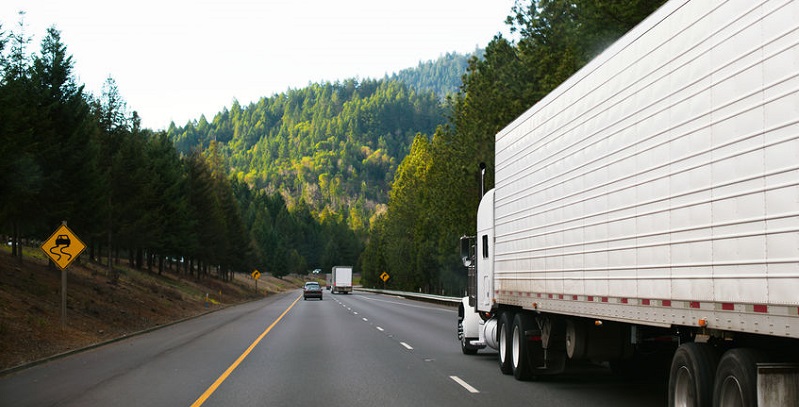Since the federal rule requiring electronic logging devices, or ELDs, was published in 2017, hours-of-service compliance has increased significantly, resulting in a reduction in truck accidents caused by fatigue.
Device Is Halving Hours-Of-Service Violations, Reducing Accidents
Data gathered by the Federal Motor Carrier Safety Administration (FMCSA) shows that since it published its rule requiring electronic logging devices, or ELDs, in 2017, hours-of-service compliance has increased significantly, resulting in a reduction in truck accidents caused by fatigue.
Electronic logging devices provide an easy way to track compliance with hours-of-service regulations. They connect to a truck’s engine to record whether it is in motion. The driver logs in to record whether he or she is on duty, off duty, or on duty but not driving. The data that is recorded is standardized and can be transmitted to law enforcement through the web, USB, or Bluetooth.
Here are 7 updates on the ELD mandate and its effect on the trucking industry:
An important date is approaching.
Although the ELD rule initially went into effect on February 16, 2016, drivers and carriers were not required to have electronic logs until December 18, 2017. However, trucking companies that utilize automatic onboard recording devices (AOBRDs) have until December 16, 2019, to replace those devices with ELDs. AOBRDs perform some of the same functions as ELDs, but may not meet all the requirements specified in the ELD mandate.
Not everyone must comply with the mandate.
Not every fleet needs to comply with the ELD mandate. The rule does not apply to:
- Commercial trucks older than model year 2000.
- Regional or local carriers that operate within 100 miles of their terminals.
- Companies that are in the business of moving new or used trucks from factories to dealers.
ELDs don’t completely eliminate paperwork.
Despite the fact that the ELD rule is intended to create a paperless industry, truck drivers are still required to keep “no more than eight supporting documents” from a trip for at least eight days to link them to specific trips and on-duty hours. Documentation required includes dispatch records, trip records, receipts for expenses, and settlement sheets.
ELDs must meet technological requirements.
To be in compliance with the mandate, an ELD must have the ability to transfer information in one of two ways: through wireless web services and email, or through Bluetooth and USB 2.0. The device must also be able to provide this information during a roadside inspection if connectivity is a problem.
Carriers are prohibited from harassing drivers.
The ELD mandate includes a provision that forbids carriers from harassing drivers to get them to violate hours-of-service rules. If such harassment or tampering with an ELD’s logs occurs, the carrier could be assessed civil penalties and face intervention from the Department of Labor.
80 percent of AOBRD users haven’t made the switch – yet.
Despite the fact that they risk a possible shortage of available devices and likely are underestimating the amount of driver training and education that will be needed to switch from AOBRD to ELD, as many as 80 percent of AOBRD users are dragging their feet and plan to delay making the switch until the fourth quarter of 2019, when they will have to acquire devices and set up installations at the last minute, according to a February 2019 FreightWaves report.
ELDs may be used in investigating truck accidents.
Besides helping to improve highway safety by reducing hours-of-service violations, ELDs can also be a source of important evidence in a truck accident lawsuit, and if you’ve been injured in an accident involving a commercial truck, you should get advice from an attorney who knows how to obtain hours-of-service records, along with other important evidence.
If you or a loved one has suffered serious injuries in an accident in Colorado involving a commercial truck, contact Colorado attorney Dan Rosen for a free consultation to discuss the details of your case.

